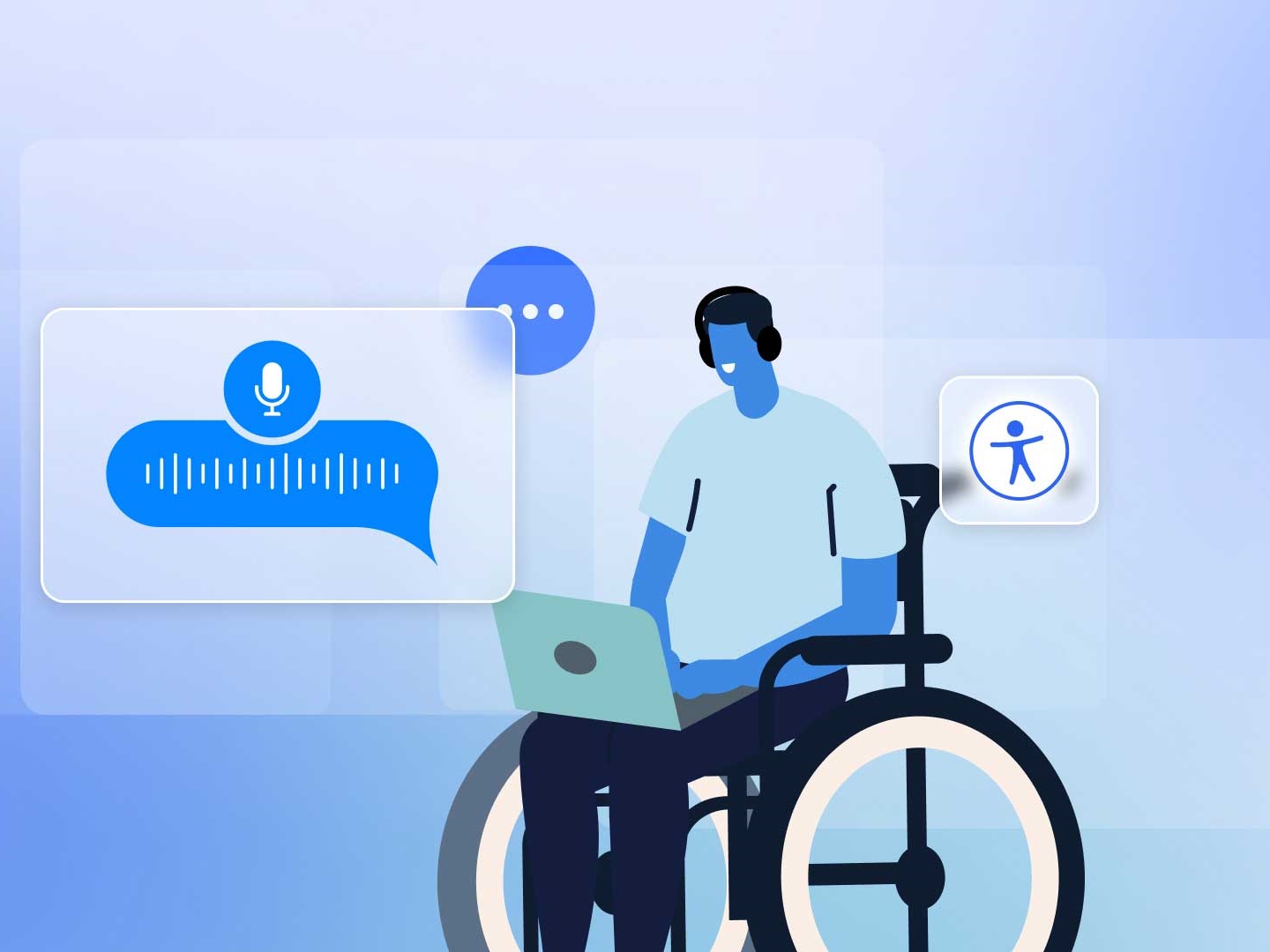What Is the Text-to-Speech Tool for Aphasia?
Empowering Communication for People with Aphasia


Aphasia affects millions of people, either after a stroke, brain injury, or another neurological disorder. It has rendered communication between persons very difficult, but the modern technological world is opening a new hope. Text-to-speech aphasia tools are prepared to give people who have lost the ability to talk in a clear manner their voice back. The individual cases of the use of the appropriate solutions will allow people with aphasia more convenient communication, retention of social contacts, and rediscovery of their confidence.
In this guide, you will soon comprehend what aphasia is and how text-to-speech (TTS) technology functions, as well as learn about the most effective tools that specifically consider people with aphasia.
Aphasia is a brain impairment of definite brain parts that process language and leads to a language disorder. It can affect the capability of a person to talk, hear speech, read, or write. The most prevalent situations are stroke, traumatic brain injury, and neurological cancer, such as dementia.
There are different types of aphasia, such as expressive aphasia (troubles with speaking), receptive aphasia (troubles with listening), and global aphasia, where the speaking and listening problems are present. Each of the types has its own communication concerns, but assistive technologies are possible to provide support, including text-to-speech as aphasia support.
Text-to-speech (TTS) is the technology that reads the written text according to synthesized voices or voices created with the help of AI. TTS allows a person to type or choose any word and get the device to read it to them. The technology is also being implemented with the pure wish to make sure that even those who have speech impairments will have an opportunity to access it.
In text-to-speech aphasia, TTS applications allow people with limited abilities or non-verbal speakers a means of communication by reading aloud what they type or click, and so it gives them a digital voice. These can be used with smartphones, tablet computers, computers, and dedicated AAC (Augmentative and Alternative Communication) devices.

Text-to-speech aphasia solutions are a life-changer to people living with aphasia, particularly those with difficulties producing speech. They give the people the opportunity to:
Communicate basic needs and feelings independently.
Participate in social conversations using pre-set phrases or typed messages.
Reduce frustration and social isolation.
Express themselves in real-time during everyday activities.
TTS tools not only provide functionality but also a sense of power in restoring the opportunity to communicate with others, which is a fundamental feature of mental health and quality of life.
The point is that when you pick up the appropriate text-to-speech aphasia tool, you should search its features, ensuring the ease of use and successful communication:
The artificial voices should be as human as possible. Realistic speech helps users feel more confident and enables listeners to understand the message more naturally.
The disability presented by aphasia varies from individual to individual. Other people may be interested in lower tempos of speech or tones. With a good TTS tool, you are able to adjust the speed of the voice, the pitch, the tone, as well as the type of emotion used, according to the comfort level of the user.
Whether it is visual or cognitive, e.g., the use of icons, iconography, text, and picture aids, the needs of users with cognitive or reading limitations are met in this way. In order to be able to maintain their communication in their daily lives, one must be able to store and quickly access common phrases (e.g., I need help, Thanks).
Other users might desire to use AI voice cloning to invent their own unique voice that will be reassuring to them and to those who love them as well. This makes text-to-speech aphasia devices more personal.
An efficient tool must offer multilingual options for multicultural users or those traveling.

These are the best TTS tools that many people living with aphasia will be using in 2025:
All Voice Lab products are highly realistic AI-generated voices, support for 33 languages, and clones in voice. This means that the user is at liberty to either create his or her own voice, which is similar to the real voice, or use one of the numerous natural-sounding voices. The interface is simple and convenient, both for people who are technology-savvy and amateurs. A convenient online voice changer has been added to the site as well to make a conversation more playful or expressive.
Strength: Voice cloning, natural AI speech, multilingual support.
Best For: Users seeking a personalized text-to-speech aphasia solution.
Proloquo4Text is a program developed on iOS systems, or rather, such programs are developed specifically to meet the needs of individuals with speech impairments, one of which is aphasia. It has a phrase bank that can be accessed quickly, text-to-speech, and predictive text.
Strength: User-friendly phrase storage and quick selection.
Best For: Daily communication with pre-set or typed messages.
Speech Assistant AAC is available on iOS and Android, allowing users to save and categorize common phrases.
Strength: Clean, simple interface and highly customizable categories.
Best For: Individuals with expressive aphasia who need fast access to key sentences.
Voiceitt stands out since a person does not need to type. Instead, it is trained to identify atypical and unconventional speech patterns and convert them into coherent, automated speech.
Strength: Adapts to impaired speech rather than relying solely on typing.
Best For: Users with partial speech capability.
The most affordable and free alternative for those who require simple voice generation is Google's built-in text-to-speech functionality. Its use is not specifically aphasia-specific, yet it serves as an easy, if relatively short-term or occasional, solution.
Strength: Free, always available on Android devices.
Best for: Occasional communication needs or as a backup TTS.
By 2025, text-to-speech aphasia will have aided in transforming the process of communication by people with Aphasia. It might be voice cloning based on AI or phrase-based applications, but you will surely get a solution based on your need level, preference, and budget.
Tools like All Voice Lab can restore confidence and independence, along with improving communication. TTS helps people with aphasia to achieve independence in their lives by assisting them to speak once again, whether in a normal conversation or a more sophisticated narration.
The majority of text-to-speech aphasia tools have a visual and straightforward interface, making them easy to use. Large icons and touch-screen navigation also have a lot of supporters.
All Voice Lab is exceptional in terms of natural-sounding voices and customizable features. Proloquo4Text and Speech Assistant AAC are outstanding options for meeting basic needs.
Yes. Most TTS will enable you to play with the voice style, speed, pitch, and even copy the voice or personalize the voice to have a proper sound as desired by the user.